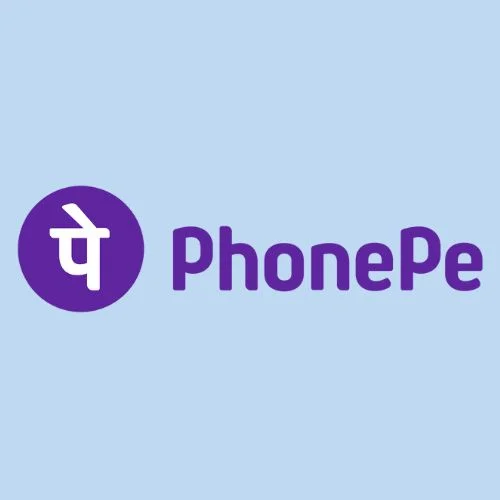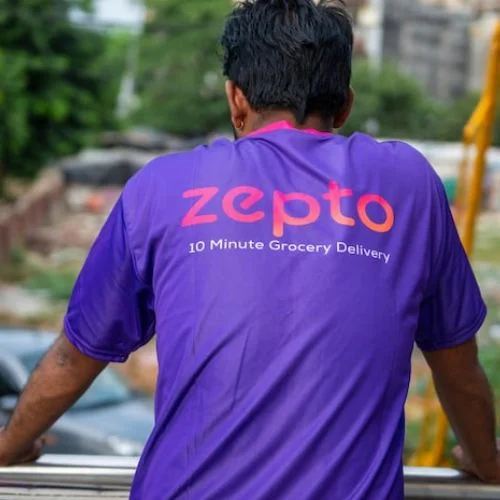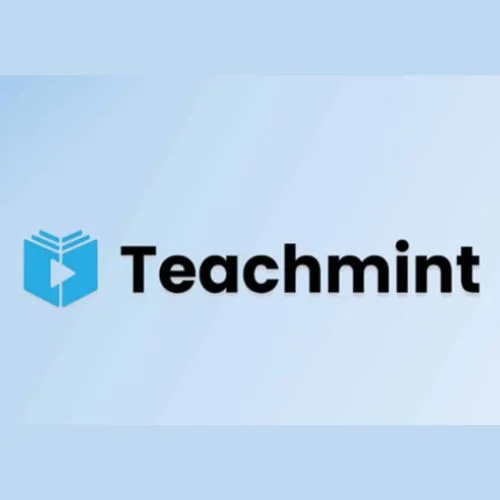PC: The Economic Times
Foodtech and quick commerce leader Zomato has announced a bumper quarter-on-quarter growth at 68.5% in operating revenues at ₹4,799 crore for the second quarter FY25 from ₹2,848 crore reported in Q2 FY24. Growth benefactor
The primary reason for the increase is due to the rise of Zomato’s core food delivery business, as well as its B2B Hyperpure vertical and the quick commerce business led by Blinkit.
As part of its strategic play to strengthen its balance sheet, the board of Zomato approved a resolution to raise ₹8,500 crores from qualified institutional investors. This is in line with the competitive landscape considering the fact that Swiggy, the primary competitor in the food delivery segment, is all set for its IPO.
Revenue Streams Breakdown
Food delivery is one of the biggest contributors to the revenues of Zomato, accounting for 42% of its total collections during Q2 FY25. Revenue from this vertical grew 30% to ₹2,012 crore, from ₹1,546 crore in the same quarter a year ago. This was due to rising order volumes, higher average order values, and successful expansion into new cities.
Quick commerce segment led by Blinkit showed extraordinary growth; revenue grew 129% to ₹1,156 crore for Q2 FY25 against ₹504 crore for Q2 FY24. This is a major contributor to Zomato’s overall revenue through better order frequency and new store addition.
Revenue growth of Hyperpure business, which is a supply of essential ingredients to restaurants, was quite good. Revenue growth was 97%. So, the revenue for Q2 FY25 was ₹1,473 crore compared with ₹747 crore for Q2 FY24. Restaurants rely on Zomato for their procurement needs so it is an important source of growth for B2B.
Aside from these primary segments, there were other non-operating income sources from “going out” services and other activities that added to the revenue of ₹4,799 crore for Q2 FY25.
Despite the strong revenue growth, costs at Zomato increased. Delivery and similar expenses jumped 97.9% to ₹1,334 crore or 29.2% of total expenses. Total expenses reached ₹4,783 crore for Q2 FY25 from ₹3,039 crore for Q2 FY24, mainly due to higher procurements, employee benefits, marketing, and advertising. Employee benefits totaled ₹709 crore, down 11.2% sequentially mainly due to ESOP expense.
On the positive side, Zomato reported a 4.8 times spurt in net profit at ₹176 crore for Q2 FY25 as against ₹36 crore in Q2 FY24. EBITDA before ESOP costs also improved but came in at negative ₹186 crore while managing to show quarter-on-quarter improvement of ₹359 crore.
Zomato ended the quarter with a strong cash balance of ₹10,800 crore. Such a huge cash balance has resulted in perceiving a very strong liquidity position. But despite these financial progressions, shares for Zomato declined after reporting these numbers trading at ₹256.55 as of October 22, 2024 and had a market capitalization of ₹2,26,645 crore or approximately $27 billion.
Coming on the back of its closest competitor Swiggy’s filing of its IPO, this focus by Zomato on scaling up and reaching unit economics while growing business segments puts the company firmly on a growth trajectory. A solid underlying foundation is beneficial for the company in terms of capturing market share both in food delivery and quick commerce in an increasingly competitive landscape.















